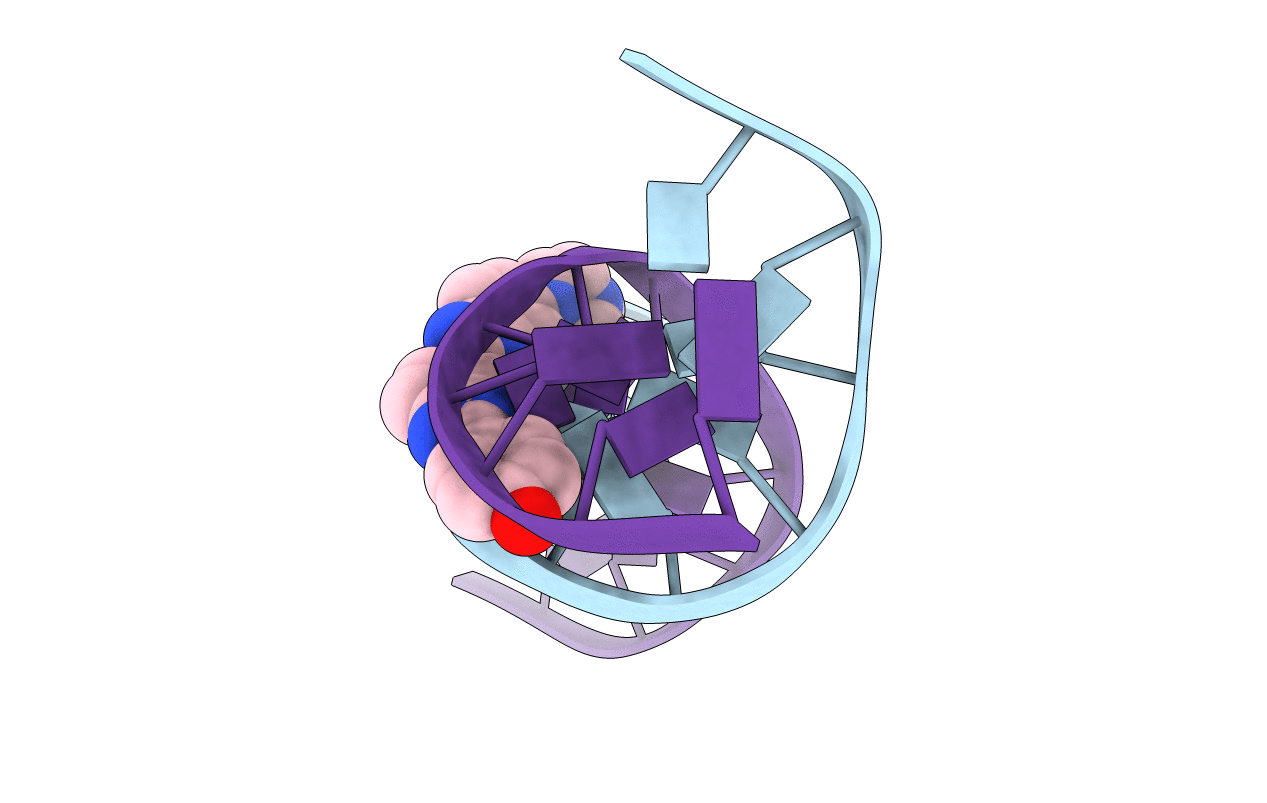
Deposition Date
1993-06-30
Release Date
1994-01-15
Last Version Date
2024-02-07
Entry Detail
PDB ID:
127D
Keywords:
Title:
DNA (5'-D(*CP*GP*CP*GP*AP*AP*TP*TP*CP*GP*CP*G)-3') COMPLEXED WITH HOECHST 33258
Biological Source:
Source Organism:
Method Details:
Experimental Method:
Resolution:
2.00 Å
R-Value Observed:
0.17
Space Group:
P 21 21 21


